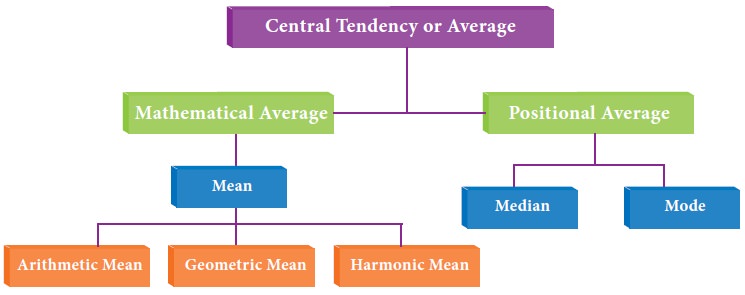What is Central Tendency?
Central tendency is a descriptive summary of a dataset through a single value that reflects the center of the data distribution. Along with the variability (dispersion) of a dataset, central tendency is a branch of descriptive statistics.
The central tendency is one of the most quintessential concepts in statistics. Although it does not provide information regarding the individual values in the dataset, it delivers a comprehensive summary of the whole dataset.

Measures of Central Tendency
Generally, the central tendency of a dataset can be described using the following measures:
- Mean (Average): Represents the sum of all values in a dataset divided by the total number of the values.
- Median: The middle value in a dataset that is arranged in ascending order (from the smallest value to the largest value). If a dataset contains an even number of values, the median of the dataset is the mean of the two middle values.
- Mode: Defines the most frequently occurring value in a dataset. In some cases, a dataset may contain multiple modes, while some datasets may not have any mode at all.
The selection of a central tendency measure depends on the properties of a dataset. For instance, the mode is the only central tendency measure for categorical data, while a median works best with ordinal data.
Although the mean is regarded as the best measure of central tendency for quantitative data, that is not always the case. For example, the mean may not work well with quantitative datasets that contain extremely large or extremely small values. The extreme values may distort the mean. Thus, you may consider other measures.
The measures of central tendency can be found using a formula or definition. Also, they can be identified using a frequency distribution graph.